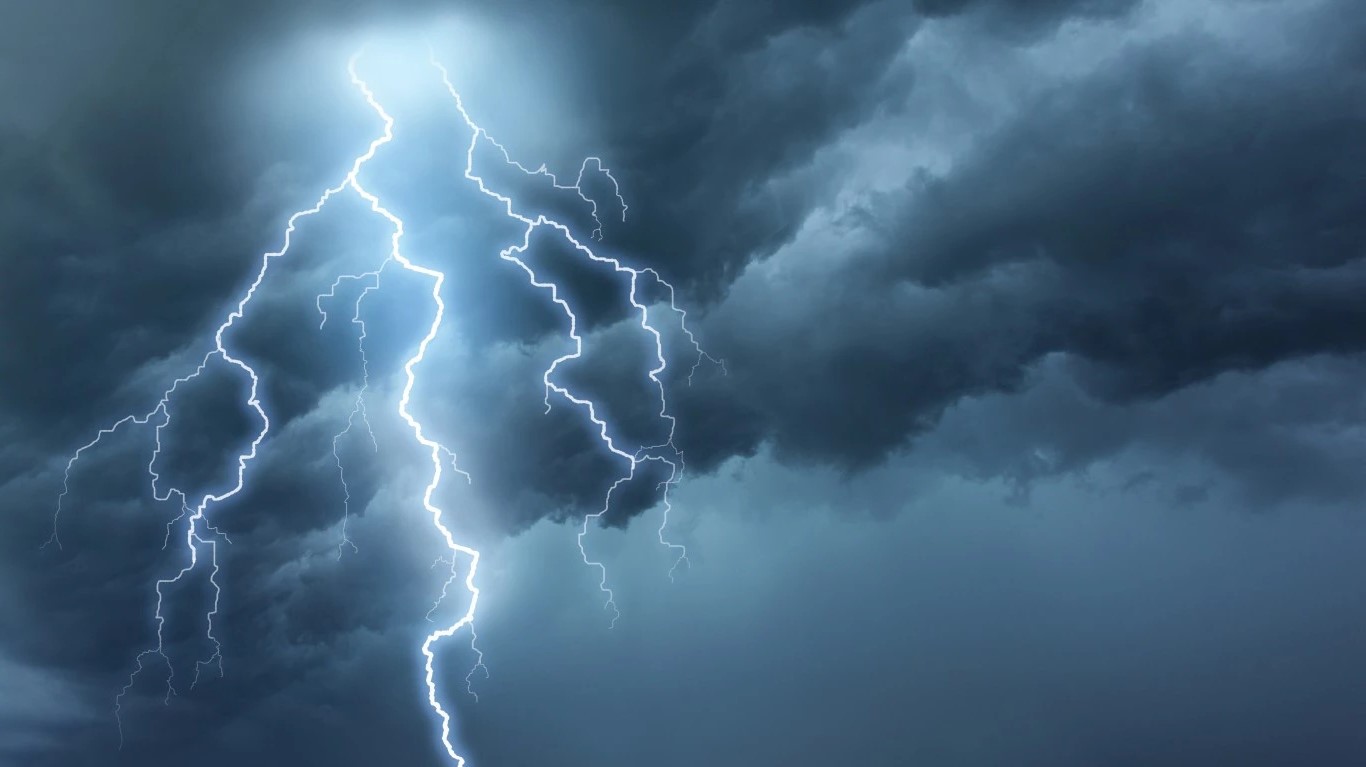
(David Callaway is founder and Editor-in-Chief of Callaway Climate Insights. He is the former president of the World Editors Forum, Editor-in-Chief of USA Today and MarketWatch, and CEO of TheStreet Inc. His climate columns have appeared in USA Today, The Independent, and New Thinking magazine).
SAN FRANCISCO (Callaway Climate Insights) — Jeff Gitterman calls it The Great Repricing.
That’s the shift in capital markets as the cost of global warming begins to mount in specific regions, such as the Canadian wildfires, Arizona water shortages, European heatwaves, or wildfire smoke over New York City or San Francisco. Gitterman, founder of Gitterman Asset Management in New Jersey, has long been a proponent of the idea that climate change will cause a dramatic shift in markets and how investors seek opportunity and hedge risk.
To date, a lot of the focus has been on opportunity. Electric vehicle makers. Battery storage startups. Surging solar and wind power. Carbon capture and removal. But lately, we’ve started to see the flip side. The decision by two of the nation’s largest insurers, State Farm and Allstate, to stop taking new homeowner business in California because of wildfire threats was a dramatic wake-up call last week that the cost of climate change will be shared by many, including businesses and investors.
“There are three trends converging at once,” Gitterman told me. Adaptation, innovation and regulation, or what he calls AIR. “They will impact wide parts of the capital markets; first being real estate values, second municipal bonds and mortgages, and then ultimately businesses where adaptation is costly or undertaken too slowly to offset risks of extreme heat, droughts and larger storms and flooding.”
Subscribe to Callaway Climate Insights to keep reading this post and get 7 days of free access to the full post archives.





